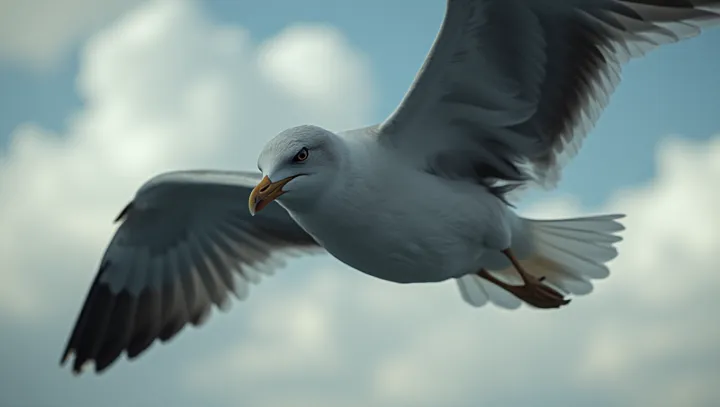The Black-Tipped Mystery of Seagulls' Wings

In the picturesque setting of San Francisco Bay, a fascinating study has emerged concerning the unique black wingtips of local gulls. This distinct feature, observed universally among most gull species, has piqued the interest of ornithologists and ecologists alike. What evolutionary advantages might these starkly contrasting tips confer to the elegant seagull.
The integration of black-patterned wingtips is not only a visual delight but also a subject of scientific intrigue. A prevailing theory suggests that the dark pigmentation may play a crucial role in ultraviolet protection, assisting in flight acclimatization over vast migrational distances. But is there more than meets the eye.
Dr. Elle Lawson, an avian behavior expert, posits, 'The evolved pigmentation could reflect a deeper mechanical benefit, possibly enhancing feather durability and disease resistance.' This perspective is supported by recent field data indicating a correlation between pigmentation and feather longevity. As urbanization encroaches upon natural habitats, understanding these adaptive traits becomes essential.
The resilience of gulls may symbolize broader ecological imperatives and inspire further exploration into how such minute details illuminate the grand tapestry of evolution and survival. The study expands beyond academia, inviting public curiosity and fostering a deeper appreciation for the intricate beauty of avian species. These insights serve as a reminder of nature's dynamic balance, urging both conservation efforts and continued research to unearth the mysteries nested in the simple yet profound features of wildlife.
